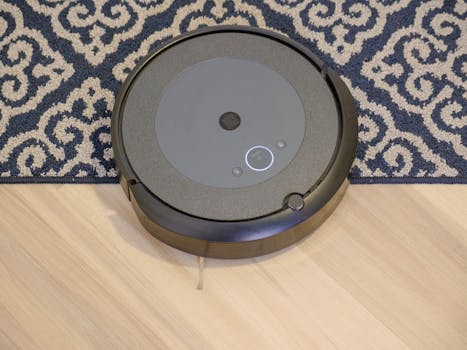
Smart Homes and Smart Living: The Technological Transformation of European Homes by 2025
Introduction to Smart Homes and Smart Living
Smart Homes and Smart Living is revolutionizing the way we live in Europe. With the rapid advancement of technology, homes are becoming more efficient, convenient, and sustainable. The concept of smart homes and smart living is all about creating a living space that is equipped with innovative solutions and advanced technologies to make life easier and more enjoyable.
The Current State of Smart Homes in Europe
Currently, the smart home market in Europe is growing rapidly, with more and more people adopting smart home devices and technologies. According to a recent report, the European smart home market is expected to reach $25 billion by 2025, with a growth rate of 15% per annum. The report also states that the adoption of smart home devices is highest in the UK, Germany, and France, with these countries accounting for more than 50% of the total smart home market in Europe.
Trends and Technologies Shaping the Future of Smart Homes in Europe
There are several trends and technologies that are shaping the future of smart homes in Europe. Some of the key trends include the adoption of voice-controlled devices, the use of artificial intelligence and machine learning, and the integration of smart home devices with other technologies such as wearables and smart cars. Some of the key technologies that are driving the growth of the smart home market in Europe include smart thermostats, smart lighting systems, smart security systems, and smart home assistants.
The Benefits of Smart Homes and Smart Living
The benefits of smart homes and smart living are numerous. Some of the key benefits include increased convenience, improved energy efficiency, enhanced security, and better health and wellness. Smart homes and smart living can also help to reduce costs, improve productivity, and enhance the overall quality of life. With smart homes and smart living, people can control their living space remotely, receive alerts and notifications, and access a wide range of services and applications.
Challenges and Limitations of Smart Homes and Smart Living
Despite the many benefits of smart homes and smart living, there are also several challenges and limitations. Some of the key challenges include the high cost of smart home devices and technologies, the lack of standardization and interoperability, and the concerns around data privacy and security. Additionally, smart homes and smart living may not be suitable for everyone, particularly those who are not tech-savvy or who have limited access to technology.
Conclusion and Future Outlook
In conclusion, the concept of smart homes and smart living is transforming the way Europeans live, with advanced technologies and innovative solutions making homes more efficient, convenient, and sustainable. While there are several challenges and limitations, the benefits of smart homes and smart living are numerous, and the market is expected to continue growing in the coming years. As technology continues to evolve and improve, we can expect to see even more innovative solutions and applications in the smart home market, making life easier, more enjoyable, and more sustainable for everyone.






